Not far from our hotel was one of the most famous excavation sites in Cyprus. The King’s tombs of Paphos attract visitors from all over the island and have been on the UNESCO World Heritage List since 1980.
The term king’s tombs is misleading. It originated in the second half of the 20th century, when the size of the rock tombs became really visible and it was first assumed that kings had been buried here. However, no kings were ever buried here, and there are graves of officials of the Ptolemaic administration or of heads of state.

The tombs were built around the 3rd century BC during the Egyptian-Ptolemaic phase in Cyprus. Until about the 4th century AD the necropolis was used for burials.
In the Middle Ages, it has been discovered that they served as emergency shelters and as a prison.
In 1870 the first excavations were carried out, but they were led by the grave robber and treasure hunter di Cesnola, the then US consul in Cyprus. In 1915 the excavations were finally placed under scientific supervision. Gradually, systematic excavations were carried out with the aim of learning more about the customs of the Hellenistic period.
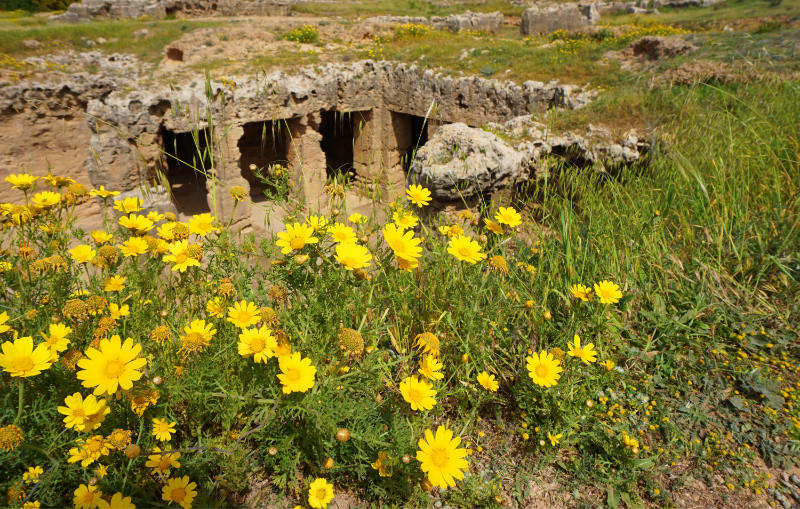
Visit to the king’s tombs of Paphos
We arrive at the large area of the excavation site.
It is important to know in advance – there is hardly any shade here. Even at the end of March the sun was burning mercilessly. In any case, take something to drink with you. There is no possibility to buy anything here!
At the entrance, a sign points to a circular path that passes the eight most interesting tombs. What surprised us was that there are some paved paths here. But nobody minds if you look for your own way. We walked across the field and admired the beautiful green flower meadow. Bees were buzzing everywhere, now and then a lizard passed by and you could watch rare bird species. In the middle of the meadow there are some initially inconspicuous rock formations.
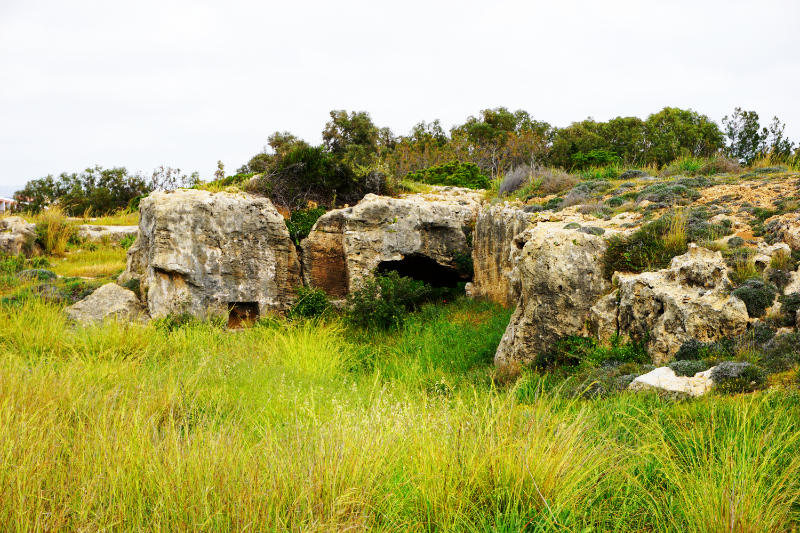
In the rocks you can find small “caves” everywhere, these served as burial chambers.
If you walk around other rock formations you suddenly find yourself in front of elaborate burial chambers. Here you can go directly to the small chambers and look inside. Here the difference in size of the chambers becomes obvious. Unfortunately there is no exact information on many areas and one gets to know very little about the individual graves.
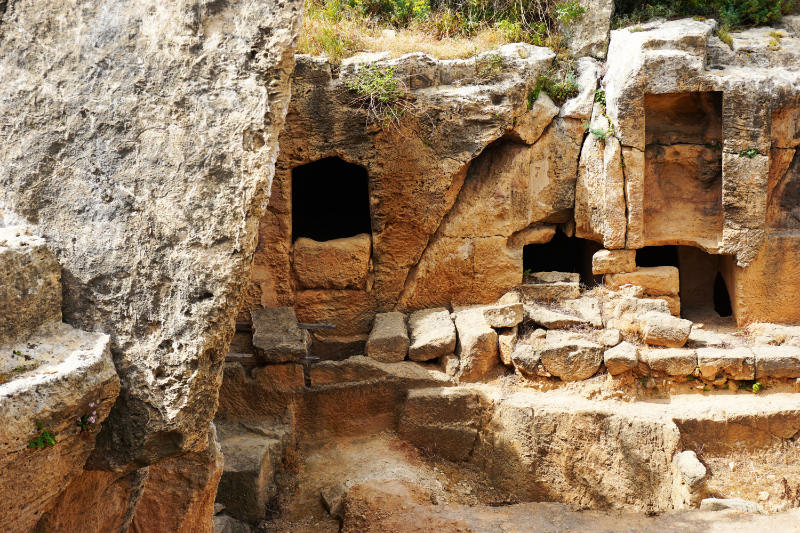
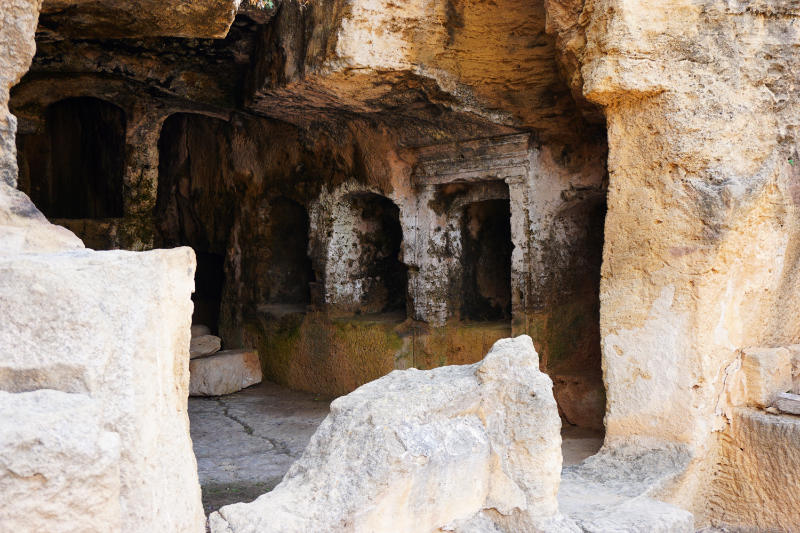
However, one does not only find burial sites that lie in caves. There are also areas in the excavation site of the king’s tombs of Paphos, which despite their underground location have interesting architecture.
For example, the atrium – tomb, which can be reached by stairs. Here the builders have created a 21 m2 underground courtyard, where once there was even a well. Doric columns support the edge of the atrium. Corridors lead to underground shaft graves and niche graves.
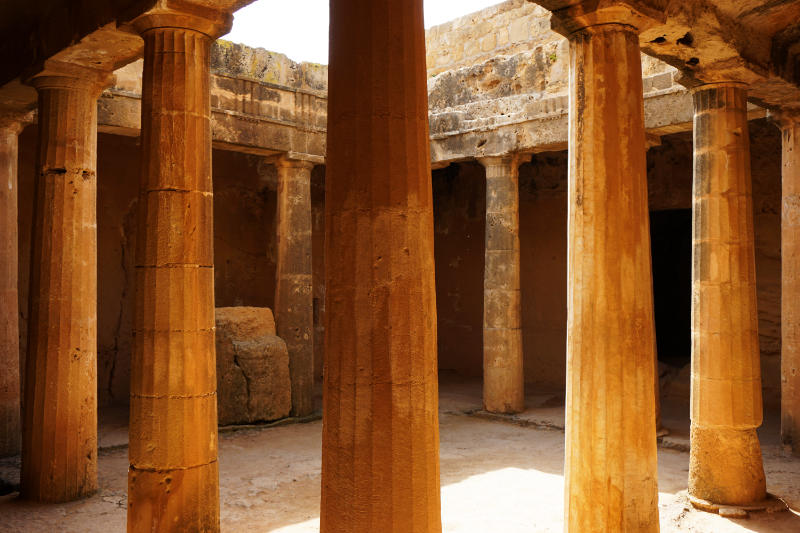
Excavations have shown that this courtyard was still used in the Middle Ages. For example, ceramics from this period have been discovered here.
If you are a bit interested in archaeological sites you should not miss the king’s tombs of Paphos. It is a pity that there are so few information boards, but a walk through the extensive grounds is definitely worthwhile.
Anschrift:
Tombs of the Kings Avenue
Paphos
Opening hours:
16.9.- 15.4.:
Monday – Sunday: 8:30 – 17
16.4. – 15.9.:
Monday – Sunday: 8:30 – 19
Closed on Christmas Day, New Year’s Day and Easter Sunday of the Greek Orthodox Easter.
Entrance fees:
Adults: 2,50€
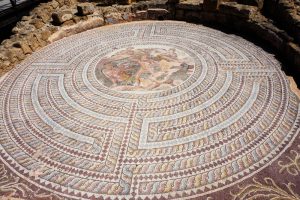
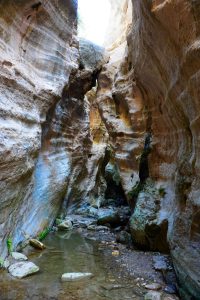

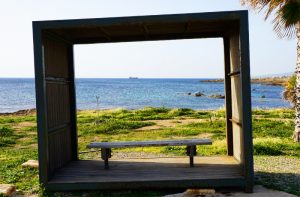
Leave a Reply